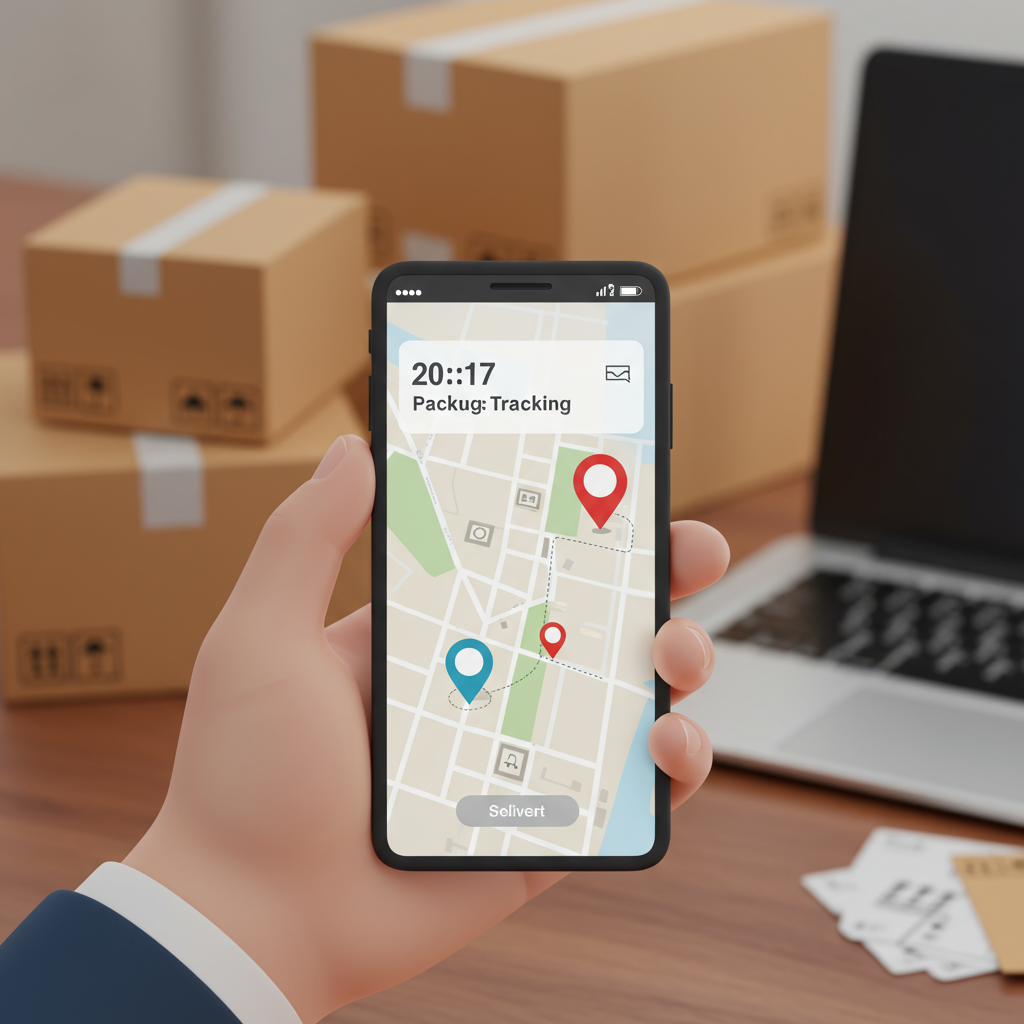Unlock customer satisfaction and streamline operations with seamless order tracking integration for your Shopify store.
As a Shopify merchant, I know firsthand the importance of a smooth customer journey. From the moment a customer clicks ‘buy’ to the exciting arrival of their package, every step matters.
One of the most critical, yet often underestimated, aspects of this journey is order tracking.
It’s not just a convenience; it’s a cornerstone of trust, transparency, and ultimately, customer satisfaction.
Think about it from your customer’s perspective. Once they’ve made a purchase, their anticipation builds. They want to know where their order is, when it will arrive, and if there are any unexpected delays.
Providing clear, real-time tracking information alleviates anxiety and transforms a potentially stressful waiting period into a positive experience.
For us, the merchants, robust order tracking integration offers a multitude of benefits.
Firstly, it drastically reduces ‘Where Is My Order?’ (WISMO) inquiries, freeing up your customer service team to focus on more complex issues.
Secondly, it builds brand loyalty. When customers feel informed and cared for, they are more likely to return for future purchases and recommend your store to others.
Thirdly, it provides valuable data. Understanding delivery patterns and potential bottlenecks can help you optimize your shipping strategies and carrier relationships.
Shopify, by default, offers basic order tracking capabilities. When you fulfill an order and add a tracking number, customers receive an email with a link to the carrier’s website.
This is a good starting point, but in today’s competitive e-commerce landscape, ‘good’ often isn’t enough.
The native Shopify tracking can feel generic. It often redirects customers away from your brand experience to a third-party carrier site, which might not be ideal.
This is where dedicated order tracking integration solutions come into play. These powerful tools go far beyond the basics, offering a branded, comprehensive, and proactive tracking experience.
So, what should you look for when considering a third-party order tracking solution for your Shopify store?
First and foremost, real-time updates are crucial. Customers expect accurate, up-to-the-minute information on their package’s journey.
A branded tracking page is another non-negotiable feature. This allows customers to track their orders directly on your website, maintaining your brand’s look and feel throughout the post-purchase experience.
Automated notifications are incredibly valuable. These can be email or SMS updates triggered by various events, such as ‘in transit,’ ‘out for delivery,’ or ‘delivered.’
Some advanced solutions even offer notifications for exceptions, like ‘delivery attempt failed,’ allowing you to proactively address issues.
Multi-carrier support is essential, especially if you use different shipping providers for various regions or product types. Your tracking solution should seamlessly integrate with all your carriers.
Look for robust analytics and insights. Understanding delivery performance, common delays, and customer engagement with tracking pages can inform your business decisions.
Integration with your customer service platform is also a huge plus. This allows your support team to quickly access tracking information directly from their dashboard, improving response times.
When it comes to integrating these solutions, the process is typically straightforward.
Most tracking apps are available directly through the Shopify App Store. You simply install the app, grant the necessary permissions, and follow the setup wizard.
Configuration usually involves connecting your shipping carriers, customizing your branded tracking page, and setting up notification preferences.
Always remember to thoroughly test your integration. Place a few test orders to ensure tracking numbers are syncing correctly and notifications are being sent as expected.
My advice for maximizing the benefits of order tracking is to communicate proactively. Let your customers know they can track their order and where to find the information.
Set clear expectations regarding delivery times. While tracking provides real-time updates, a general timeframe helps manage customer anticipation.
Leverage the data. Use the insights from your tracking solution to identify areas for improvement in your shipping process or carrier performance.
And finally, always be ready to provide support. Even with the best tracking, sometimes customers will have questions or issues, and your team should be equipped to help.
Some advanced tracking solutions even offer features like estimated delivery date prediction, which can further enhance the customer experience.
They can also turn your tracking page into a marketing opportunity, showcasing related products or collecting reviews after delivery.
In my experience, investing in a comprehensive order tracking solution isn’t just an expense; it’s an investment in customer satisfaction, operational efficiency, and ultimately, the growth of your Shopify store.
It transforms a potentially anxious waiting period into a positive, branded experience that reinforces trust and encourages repeat business.
What are your thoughts on the importance of detailed order tracking for e-commerce businesses?
I truly believe that by providing transparency and control, we empower our customers and build stronger, more loyal relationships.






